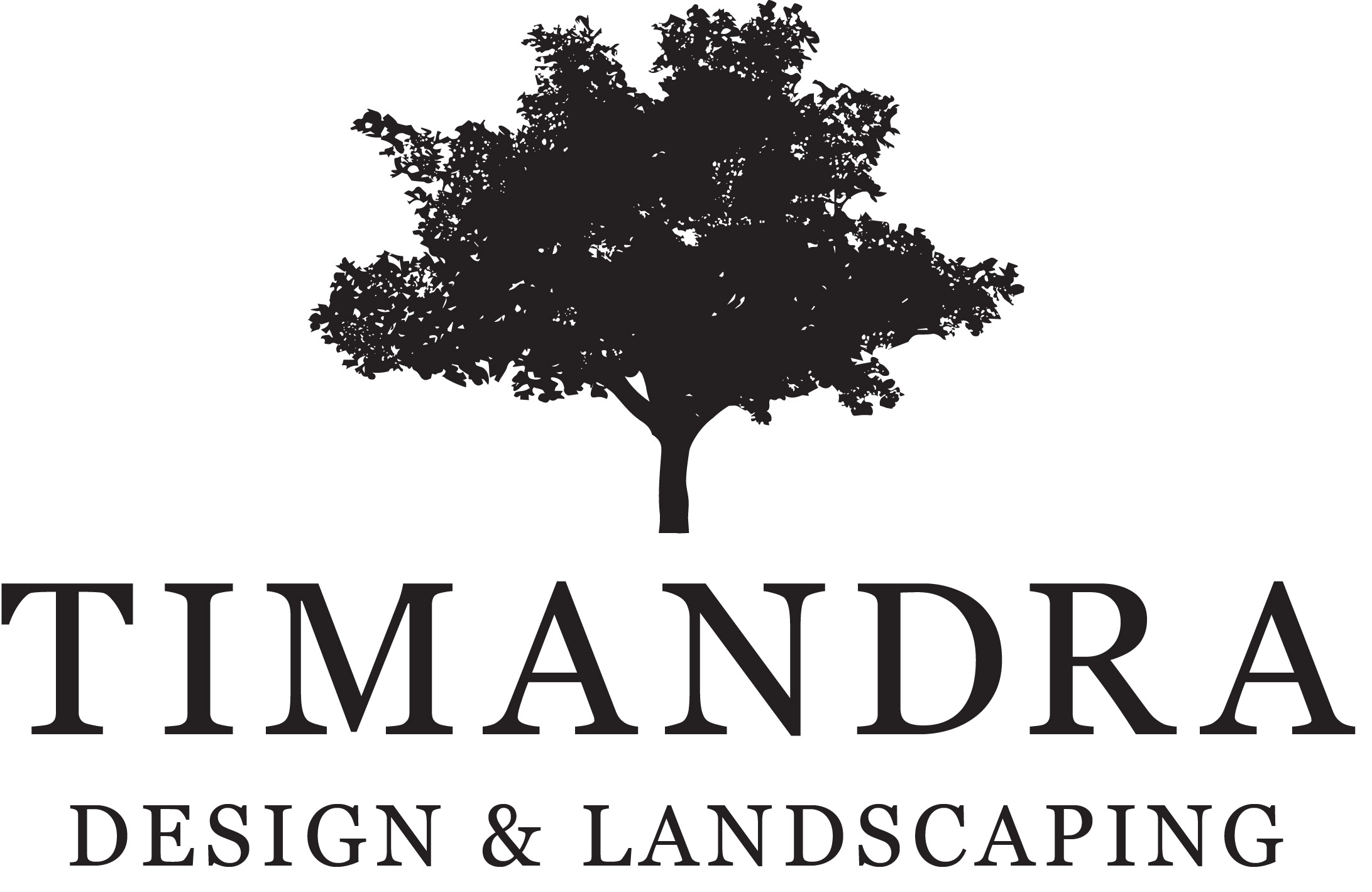[post based on a native garden perspective]
I admit it; I am an unabashed tree lover! As a landscape designer, I find it frustrating when people can’t understand the need for trees in their gardens. The usual negative comment from the client is ‘the leaves will be a nuisance in my gutters!’ Clients who love trees from the outset or are happy to be guided into their use, end up with wonderful gardens. But some people are hard to convince.
Most people don’t understand that the vertical aspect of trees within their garden actually makes their gardens appear bigger – because it’s a further dimension that is being addressed with plant material. And the vertical accent also creates depth in a garden which is missing in most novice and too often professional gardens that are created.
Consider walking into a garden, as you do, without trees. Your eyes are constantly kept at ground level or a bit higher. Real trees, those above 5 metres, cause you to bend your neck to look upwards into the canopy. The art of taking a path to go under the canopy of the tree is without doubt one of the greatest means of creating depth in your garden. And canopies can be raised as the trunk grows, enabling you to walk underneath.
Trees are wonderful for insulating the home. Evergreen trees, as in the Eucalypt, Cupaniopsis anacardioides or ‘Tuckeroo’, tall melaleucas like Melaleuca styphelioides, Agonis flexuosa, Allocasuarinas and Casuarinas and so on, are great for the eastern or western boundaries. The deciduous tree, indigenous to Australia and South East Asia called Melia azederach or ‘White Cedar’ grows to around 12 metres tall with a spread of around 6 metres. It grows mainly along the northern aspects of the eastern seaboard, but I have grown it well in areas that receive considerable frost. Given some summer irrigation, this tree is excellent for providing summer screening of windows on the northern side of the home, while allowing winter sunlight in, for those wanting to keep the native garden theme ‘pure’.
I have always noticed that children prefer gardens with trees in them. They seem to have a better understanding of the creation of different spaces within a garden, with trees helping to break up not only the vertical aspect, but also different areas within a garden. I find that if you can make different rooms within the garden, this also adds to the appeal of the area, and the use of trees here is essential.
There are some marvellous smaller Eucalypts that can be used, for example, Eucalyptus victrix, Eucalyputs pauciflora ‘Little Snowman’, Eucalyptus gregsoniana for colder climes, and Eucalyptus leucoxylon ‘Goolwa Gem’ which is a low growing form. I have a passion for plant research, which ensures that I choose plants that will work well in either my own garden, or that of my client. It is important to consider their original habitat when trying to work out which plant to use in the garden. For example, the much used but invariably badly grown Eucalyptus caesia seems to do well for a couple of years and then ultimately fails. I never use this plant as I find it too unreliable.
Trees that have an open canopy allow filtered light in to the plants growing underneath. Unfortunately, many a good tree specimen is ruined by the incorrect placement of plants underneath. Many gums have magnificent bark and/or trunks. The pictured Eucalypt for example has very interesting trunks, worthy of being made a feature; so to me the most ideal planting under this specimen would be the use of massed native grasses or grass like plants. And Lomandras are of the lily family and are not grasses. But they, en masse would look wonderful under this tree.
For those of you who don’t have any trees in your garden, try just one, a variety with an open canopy, and see what a difference it makes to your garden. Trust me, I can guarantee that you will be pleased with the result.
